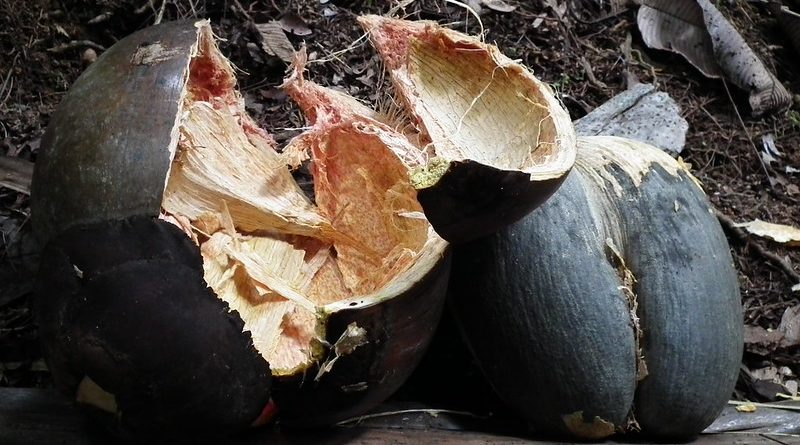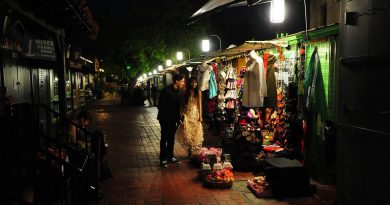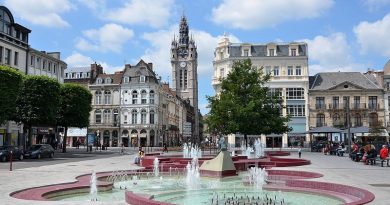Fruit of knowledge: Coco de Mer
Shopping Essentials
Where: Grown in Vallée de Mai Forest Preserve, Praslin, the Seychelles, Indian Ocean
What is it: A giant phallic-shaped ‘coconut of the sea’ fruit
Bag a bargain: Buy with a certificate from a licensed seller in Mahé, La Digue, or Praslin for €200
About Praslin
Praslin Island was named after the Duc of Praslin who was guillotined during the French Revolution. It belongs to a group of islands called the Aldabra, which includes Curieuse, Cousin, and Aride. At eight miles long and three miles wide, Praslin is the second largest island in the Seychelles. It’s a granite island awash with lush forest preserves and some great beaches and yet another Seychelles embodiment of a tropical island paradise.
About Vallée de Mai Forest Preserve
Most people come here to visit the Vallée de Mai Forest Preserve – a renowned World Heritage site. The island’s hot and humid tropical climate has created a cornucopia of wildlife, aided by the fact that the islands of the Seychelles were settled on by humans only 200 years ago, so there hasn’t been enough time yet to wreak too much havoc on the environment; the landscape is still very much pre-historic. Here you can see wild pineapple, wild coffee, allspice bushes, and in the air or nesting on a tree you may spot a rare Seychelles black parrot.
There are over 1,000 species of plants that thrive in the Seychelles, sixty of which are indigenous. The most talked about is the Coco de Mer, which is found only in Praslin and Curieuse islands. There are 4,000 of the trees is the preserve.
What is a Coco de Mer?
Coco de Mer means coconuts of the sea; legend has it that the first one grew from an underwater tree. They’re so large – weighing in at up to 20 kilos – that you have to see it to believe it. The female tree has the largest seed in the world. Don’t walk under the trees because if the fruit falls on your head it will probably kill you. Legend also has it that Praslin Island is the legendaryGarden of Eden, and the famous Coco de Mer palm was actually the fruit of knowledge of good and evil that led to the expulsion of Adam and Eve from Paradise. Perhaps this myth is born from the erotic shape of the fruit: it’s a double nut with an uncanny likeness to the female genitalia. The catkin is the male flower of the fruit, and it looks equally like a giant male phallus.
In another similarly homosapien similarity, the Coco de Mer tree takes between 20 and 30 years to bear fruit, and a further seven years to fully mature, however, men may blush to be outdone by a plant as the female fruits grow up to 10 inches and males up to 12 inches in length. The tree can live for between 200 and 400 years.
How to Buy a Coco de Mer
Each fruit is sawn into two parts, emptied of the dried milk, and glue back together. It is then it cleaned – some are polished, some are completely shaved, others are just left with what looks like pubic hair! You cannot eat the fruit – it’s purely used for decorative purposes. Each coco de mer is allocated a certificate with a number, details of it provenance which is a green label glued onto it, but only licensed sellers can have them in their shops. You can buy a coco de mer for the mighty sum of 200 Euros ($250) in some of the upmarket tourist shops in Mahé, La Digue, and Praslin.
By Susi O’Neill




